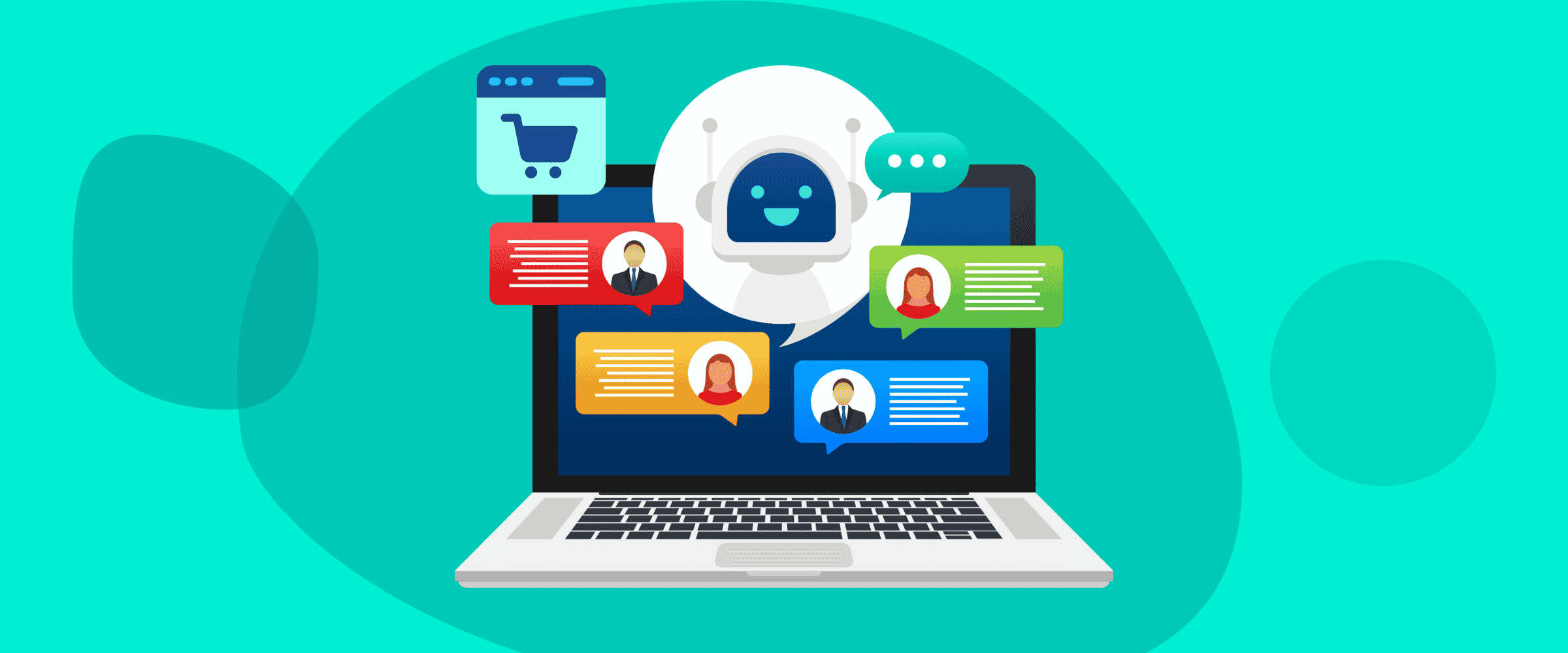The online shopping experience is changing and so are customer expectations. Personalization is becoming more commonplace, so if you want to keep up with the trends in eCommerce, you’d benefit from these expert tactics we recently discussed on Optily Radio with thought leaders from the industry.
As we’ve mentioned many times, marketing can only get you so far. Even the best campaign will be able to bring users to a landing page. After that, it’s on the UX, support teams, and automations you have built in to start doing the heavy lifting. After you pay for that valuable bottom-of-funnel click, you need to make sure the follow-up is as powerful as it can be in order to lock in a sale.
In this article, we’ll go into 4 expert tactics to help make your user experience more personalized across the customer journey. We’ll go into the following topics:
- Chat bot negotiation for pre-sale discounting
- Leveraging your support team into a profit center
- SMS for direct communication and instant sales
- RFM modeling to segment your audiences
Join the Optily newsletter!
Stay up-to-date on platform changes, digital marketing tactics, and industry news. We promise we won’t spam!
1. Chat bot negotiation with Rosie Bailey
Everyone love a good deal, but offering a blanket discount might not be in every business’s interest. Implementing a chat bot that has its own personality can negotiate a good deal that both parties are happy with. By using a chat bot, you don’t have to rely on a customer service agent to be on live 24/7.
Studies have shown that people are happier when they feel like they’ve earned a purchase. Also, people are much more comfortable negotiating with a bot, than an actual human. They get a deal, you make a sale, and no one feels awkward!
Check out the clip form Nibble’s CEO, Rosie Bailey, where she explains how this chat bot interaction typically works.
2. Customer service as a profit center with Mia Bobak
With automation, tons of processes that are repetitive don’t need personalization and can be streamlined. Things like return policies and procedures don’t need one-on-one communication. By figuring out what FAQs, common problems, and other queries take up the majority of your customer service team’s time, you can leverage automation to take care of up to 80% of the tasks.
Once your team can reclaim the majority of their day, they can refocus their human talents on more important tasks. For example, the can hop on live with customers asking questions on Facebook or TikTok about the products. Rather than only being a team for when something goes wrong, support agents can quickly ramp up into a profit center.
By using proper organizational tools to streamline communications into one portal, this can become even more efficient as you scale. Mia Bobak of Gorgias discussed the benefits of this on our recent episode with her:
3. SMS for sales with Osa Gaius
SMS is an untapped marketing channel, mostly because brands simply don’t know how to use it properly. Rather than treating it just like a short email blast and landing a 10% discount code alongside your customers’ texts with their mother, use it to start a conversation.
SMS can be automated to start with, of course. While smaller brands may be able to start off with typing out personalized messages to a handful of daily customers, as you scale, this process needs to expand with you. You can automate a “thank you” message from the CEO after the product is received. Or you can ask them how they’re liking it and if they’ll leave a review a few weeks later.
Even more, if you offer something that’s consumable and that needs to be replaced every so often, you can enable 1-click SMS sales. This means that that your Shopify store can store credit cards tied to a phone number through trusted third-party and enable customers to reorder or purchase add-ons instantly. By not needing to go through your site or whole catalog, this streamlines the whole experience. Less friction means a better journey and usually, more sales for you.
Osa Gaius, Founder and CEO of Parrot, explained how this all works:
4. Audience segmentation through RFM modeling with Valentin Radu
Personalization at scale means you need to separate out your audience. With the RFM (recency, frequency, monetary) model, you’re able to easily see who your different segments are.
You’re going to have your ultra fans who buy frequently and buy a lot. Of course, you want more of these and also to maybe target them with some VIP nurture emails or texts.
You’re also going to see those people who maybe bought a few times, but not very recently. These customers look like they’re slipping away. In their case, you’ll want to contact them in a completely different way with discounts or to start a conversation to figure out why they aren’t buying anymore.
With data that’s properly organized, you can achieve this at scale. By knowing your audience you can easily tailor your messaging to each cohort and really scale your business through repeat purchases.
Valentin Radu, Founder and CEO of Omniconvert explains how this process works in a recent episode of Optily Radio:
Conclusion
By leveraging technology and automation to help you free up time for your team. With this added time, they are able to focus on the human touch that really matters in generating sales, creating a sense of customer loyalty, and nurturing existing relationships with customers.
By recognizing this growing trend now and investing in the technology that will help you with personalization, you will be ahead of your competitors. As with all things, there will be a bit of a learning curve and money and time investment, but one that will pay off in the long run.








